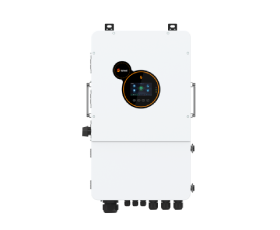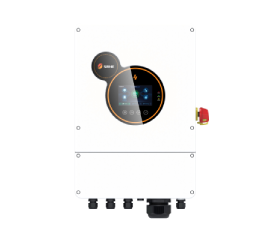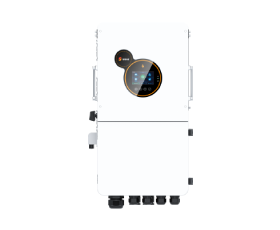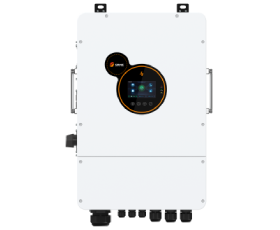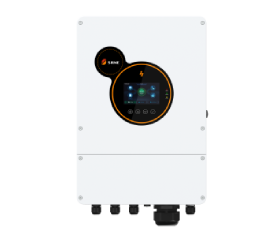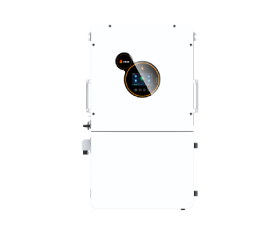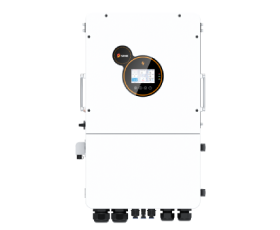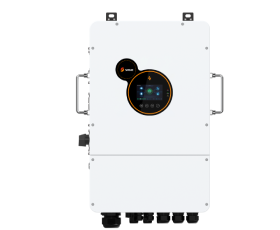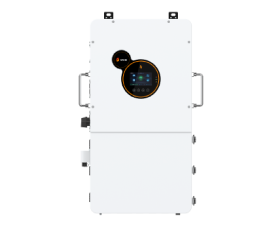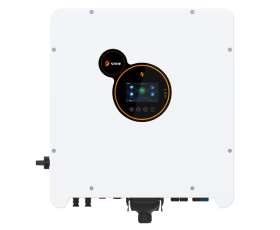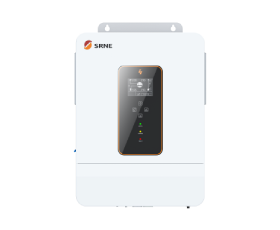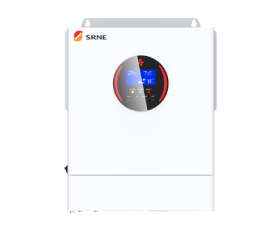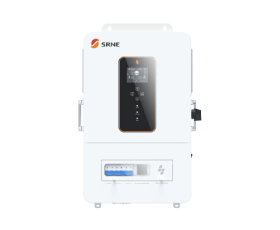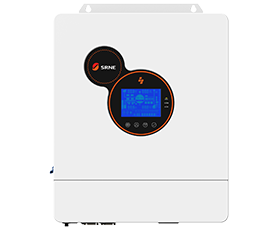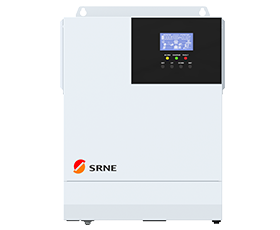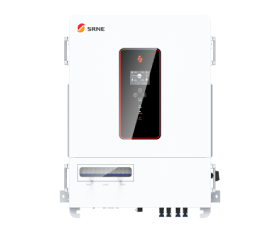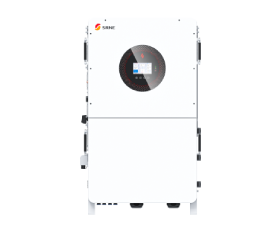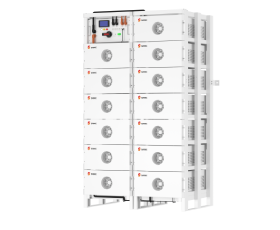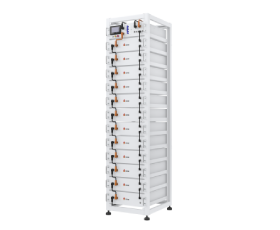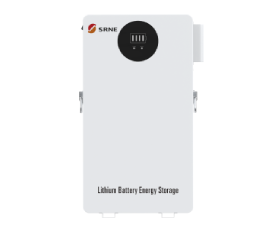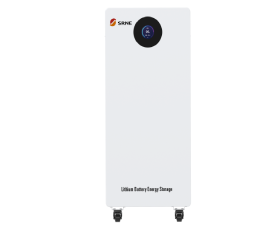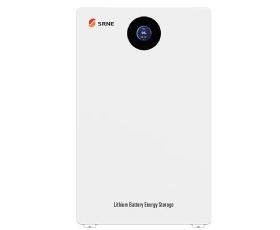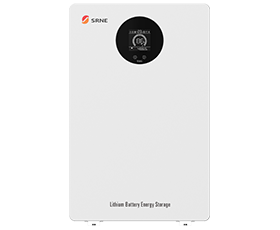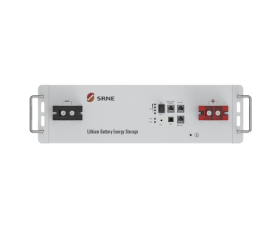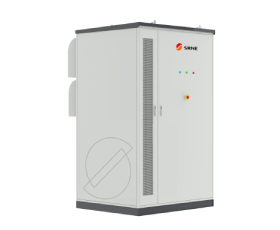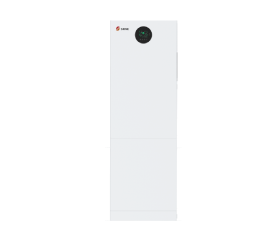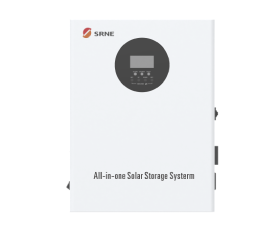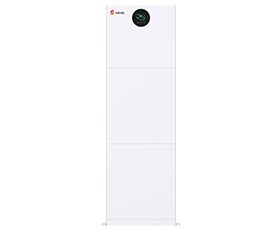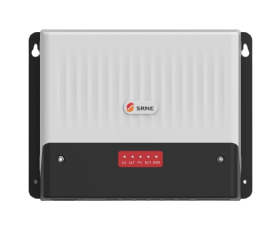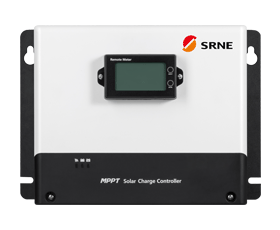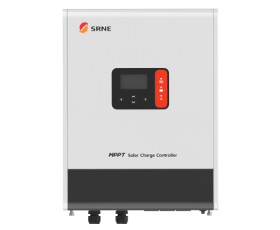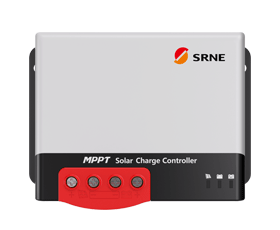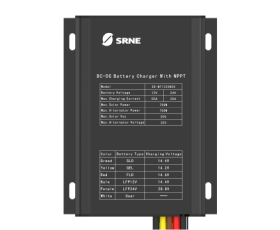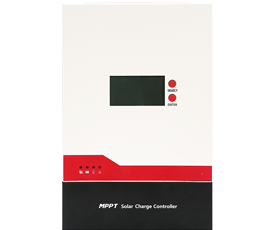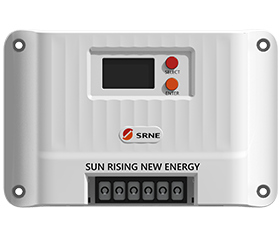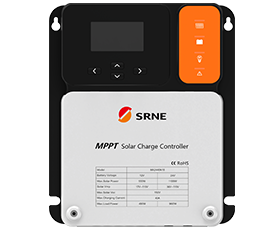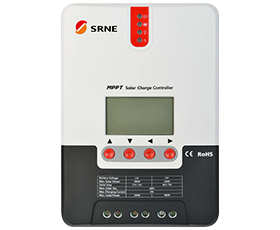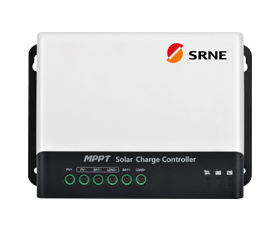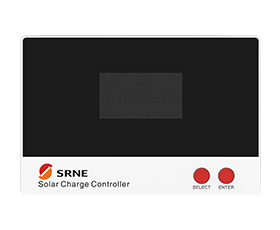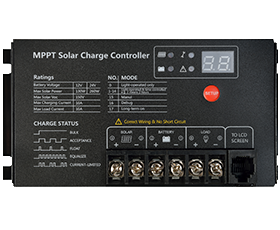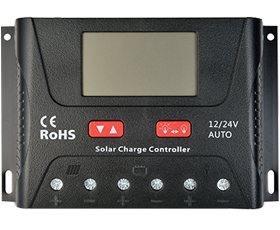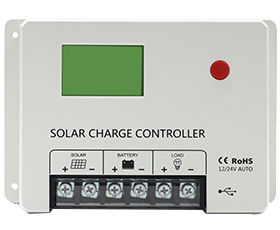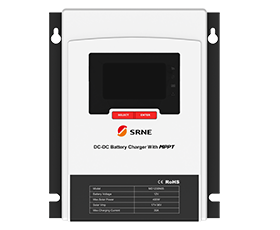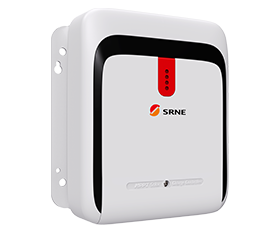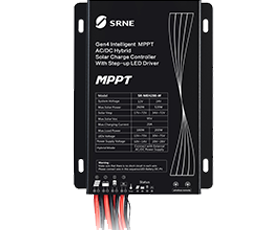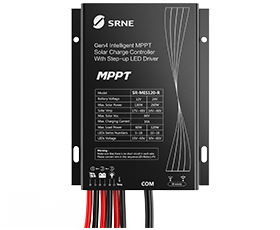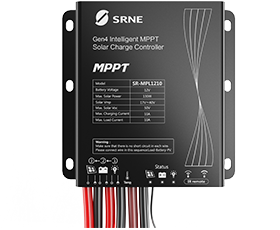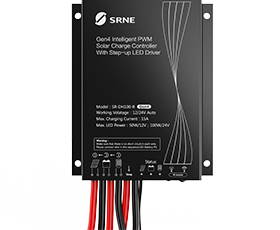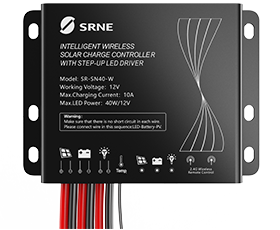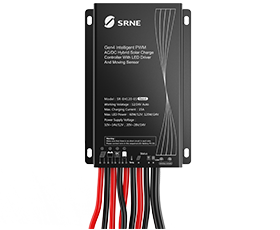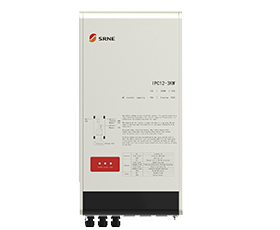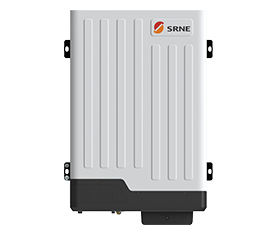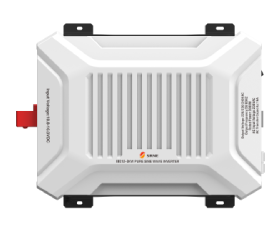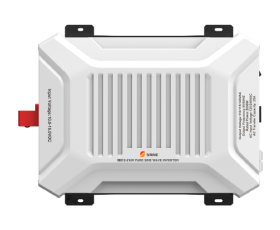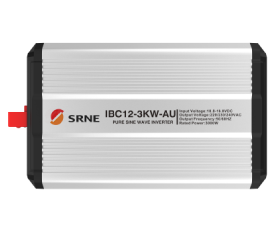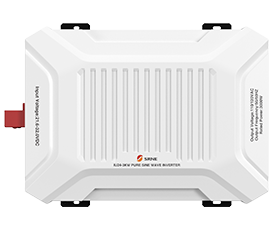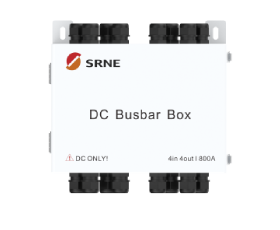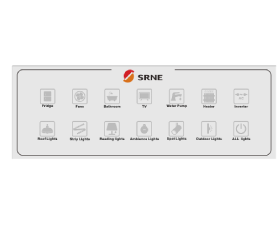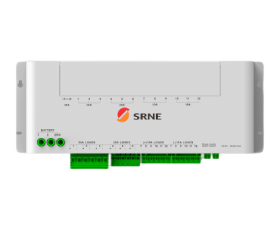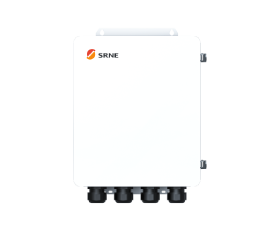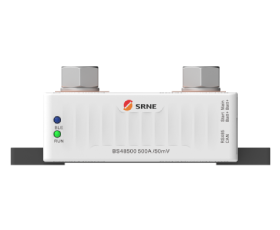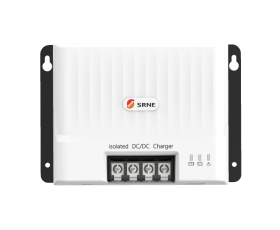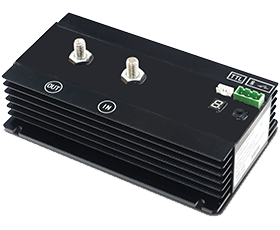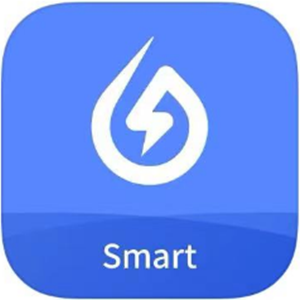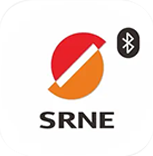Which type of solar charge controller should I choose?
The choice between MPPT and PWM depends on your specific solar power system and requirements. MPPT controllers are typically more expensive but offer higher efficiency and better performance, especially in larger systems or when there is a significant voltage difference between the solar panels and the batteries. PWM controllers are generally more cost-effective and suitable for smaller systems or when the solar panel voltage is close to the battery voltage.
Which one is more efficient, MPPT or PWM?
MPPT controllers are generally more efficient than PWM controllers, especially in situations where the solar panel array voltage is significantly higher than the battery voltage. MPPT controllers can convert the excess voltage into additional charging current, maximizing the power extracted from the solar panels. PWM controllers, on the other hand, have a fixed voltage output, which can result in some power loss, particularly when the solar panel voltage doesn't match the battery voltage.
What is the difference between MPPT and PWM solar charge controllers?
MPPT and PWM are two different types of solar charge controllers that regulate and optimize the charging of batteries in solar power systems. The main difference lies in their charging methods and efficiency.
What is RS-485?
RS-485, also known as EIA-485, is a standard for serial communication that defines the electrical characteristics of a balanced differential voltage interface. It is commonly used in industrial and commercial applications for reliable data transmission over long distances.
How do I choose the right solar controller?
Selecting the appropriate solar controller requires considering multiple factors, including the rated power and voltage of the solar panels, load requirements, and system design capacity. Ensure that the solar controller's rated power and voltage range can meet the system's needs, and pay attention to whether the controller's features and functions align with your requirements.
How does a solar controller work?
A solar controller uses electronic components and algorithms to monitor the output voltage and current of the solar panels. When the solar panels generate sufficient power, the controller transfers energy to the battery for storage. When the solar panel output is insufficient or the loads require power, the controller draws power from the battery. Simultaneously, the solar controller monitors the battery status and takes measures to prevent overcharging or over-discharging.
What is the purpose of a solar controller?
The purpose of a solar controller is to ensure the efficient and stable operation of a solar system. It can monitor the voltage and current of the solar panels and store energy in the battery when needed or deliver power to the loads. Additionally, a solar controller prevents issues such as overcharging, over-discharging, and overloading, thereby extending the battery's lifespan.




















